Wonders of nature. Tassili n’Ajjer
In the heart of the Sahara hidden mysterious drawings of animals and hunters.
The best way to come here is on a off-road car, slowly getting to the magnificent bastion of the Algerian plateau of Tassili n’Ajjer on gravel, rocks and loose sand through the haze of hot air rising from the hot surface of the earth.
Although Tassili n’Ajjer rises to 2,250 meters above sea level, it is not a mountain range, namely, a high-altitude plateau of sandstone over 640 kilometers long, divided into separate massives, which are divided into countless ravines and streams of parched rivers to a myriad of stone towers and rocks. This place is of extraordinary, rare beauty.
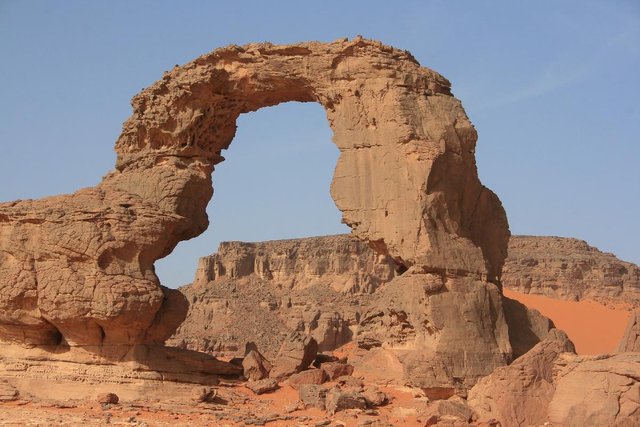
At dawn, when the lighting changes, the cliffs turn purple, then gently pink, and contrasting blue shadows lie on the sand. It is worth imagining a little, and eroded stones are turned into skyscrapers and temples, spiers and chimneys.
The main architect who created these exciting forms was water. Its running streams pierced the gorges, cut through the cliffs, cut through cracks and dug caves.
The geographical region, now known as the Sahara, once had a more humid climate. Many of the now dry, sand-strewn channels and gorges on the southern border of the desert were formerly rivers and lakes. What is now a desert, was once a green pasture. The withered away very slowly; The very name "Tassili n’Ajjer" is translated as "River Plateau", although this place became a desert long before the beginning of the Christian era.
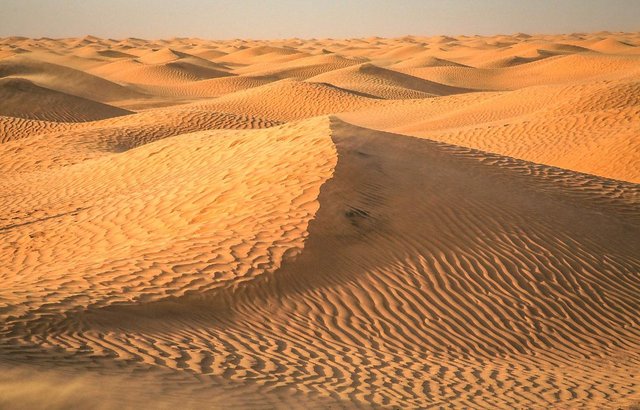
Strongly adhere to those times, only twisted cypresses, whose roots bore rocks in search of water. It is believed that they are 3000 years old. They do not have descendants and will not: although they bring normal seeds, the earth is too dry to be able to ascend. Even here, wild mountain sheep with huge swirling horns survived.
Once upon a time, the fauna on the plateau was completely different. Here lived giraffes and antelopes, hippos, lions and elephants - and people who grazed cows and goats. Something is known about this by the ancient bones found in the sand, and by the figures on the stone.
Figures in caves and reliefs on the rocks tell of the life and death of the plant and animal life of Tassili n’Ajjer. Tuareg tribes wandering around the Sahara have long known about these images. The world learned about them only after in the 50s the French explorer and ethnologist Henry Loté spent two years there, making thousands of photographs and sketches.
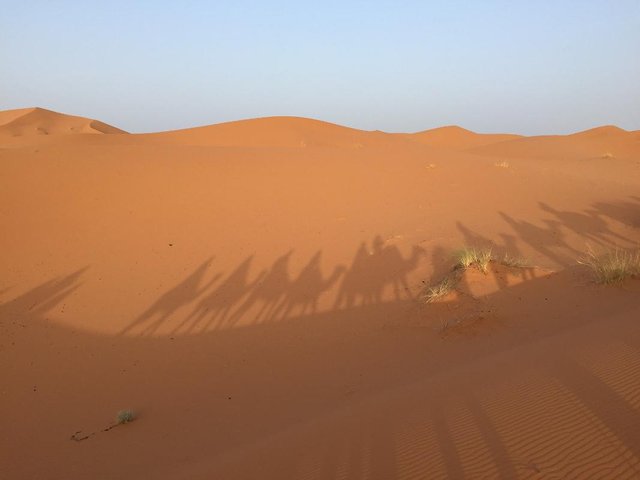
Most rock carvings feature extraordinary liveliness, strict lines and a wonderful sense of colour. The most ancient of them - from 6000 to 4000 BC - depict people of a Negroid type, hunting elephants, buffaloes, hippos and wild rams with huge horns, or people dressed in ceremonial clothes for unknown rites. There are also huge white creatures, semi-animals - semi-humans, perhaps these are images of the gods.
In the drawings of the second group - between 4000 and 1500 BC - shepherds with large herds of long-legged cows, giraffes and ostriches. There are also images of feasts, wedding ceremonies, sleeping children, covered with animal skins, or women grinding grain.
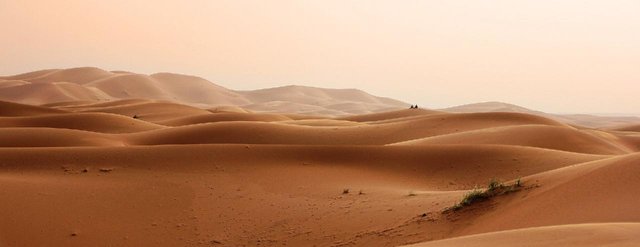
By the third period - from 1500 to 300 BC - the Sahara had already dried up, and then new people appeared. These are the warriors operating chariots harnessed by two or three horses. About 200-100 BC the horses gradually disappear, their place is occupied by clumsy drawings of camels, as poorly made by children. Later drawings are no longer available.
The question remains: what happened to the people depicted in the drawings? Did they go south when their land turned into a desert, or did they die? But we will never know.
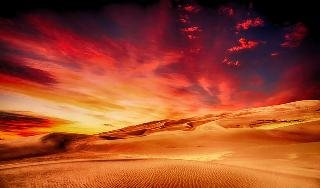
Resteemed your article. This article was resteemed because you are part of the New Steemians project. You can learn more about it here: https://steemit.com/introduceyourself/@gaman/new-steemians-project-launch
Congratulations! This post has been upvoted from the communal account, @minnowsupport, by Mamasetta from the Minnow Support Project. It's a witness project run by aggroed, ausbitbank, teamsteem, theprophet0, someguy123, neoxian, followbtcnews/crimsonclad, and netuoso. The goal is to help Steemit grow by supporting Minnows and creating a social network. Please find us in the Peace, Abundance, and Liberty Network (PALnet) Discord Channel. It's a completely public and open space to all members of the Steemit community who voluntarily choose to be there.